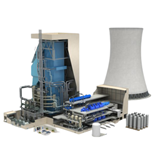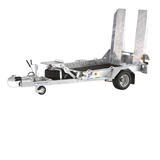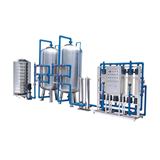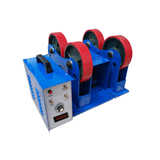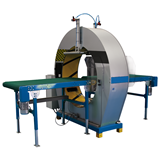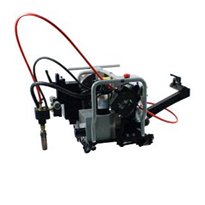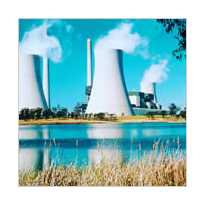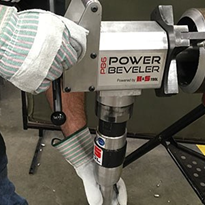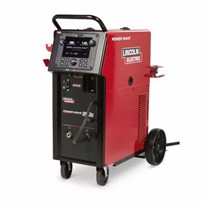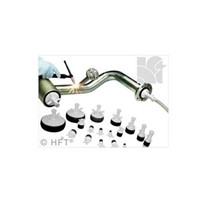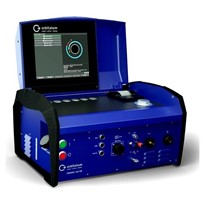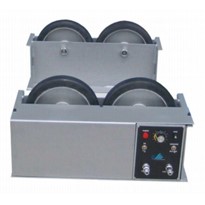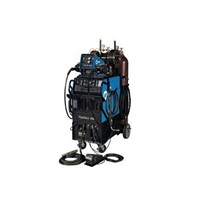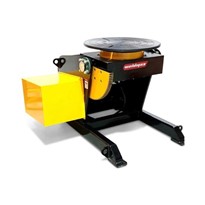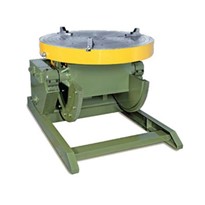Upon completion, the new generating plant will put a 750- MW advanced, pulverised coal-fired unit with environmental controls into service.
The current timeline puts TC2 on schedule for commercial service in 2010. It will meet future energy needs and be located at the existing generating station in eastern Trimble County, a 2127 acre site near Bedford, Ky. Louisville Gas and Electric Co. (LG&E) selected Bechtel Power Corp., a division of an engineering, construction, and project management firm, to design and build TC2, the second generating unit at the company's Trimble County facility.
The many weld challenges on this project prompted Bechtel to select Gullco International Inc.'s Pipe Kat orbital welding machine. Factors contributing to this decision include safety, reduction of labor, increased production, and increased travel speed of the weld.
Easy use, training, reliability, and accessibility to the weld were also significant considerations.
Upcoming Challenges
Supply a Tool for Specialised Welds
Given the scope of this expansion and the type of weld demands, conducting business the conventional way simply wasn't going to cut it.
Increased on-site challenges called for a more customisable tool. The range of orbital welding applications made possible with the Pipe Kat made it a valuable tool for the TC2 expansion project — see lead photo.
Now able to automate those tasks that formerly would have been accomplished manually contributed to the project's ability to remain on schedule and meet budgetary constraints.
Utilise L90 Pipe, Flux Cored Arc Welding
The L90 pipe chosen for this particular expansion required several inches of wall thickness which, ordinarily, would have meant time-consuming welds using the manual shielded metal arc welding process. Instead procedures developed for the pipe to be welded with automatic orbital welding machines.
Bechtel prefers flux cored arc welding, and not only does the unit use this process, it works with most conventional power sources. Also, the machine is capable of making welds on pipes ranging in size from 10 to 24 in. and typical wall thick-nesses in the 3–4 in. range.
Speed, economic feasibility, and quality welds were the crucial demands.
Finding a Solution
Reduced Labor Costs, Increased Production
Automated orbital welding systems actually enhance an operator's ability to make controlled, repeatable, quality welds — Fig. 1.
Manual welding, on the other hand, is slower and subject to human error. The automated system produces a greater number of welds in less time.
With this orbital welding equipment, heat input can be controlled and limited, no matter which operator produces the weld. This assures the welding procedure will be executed precisely.
Operator Importance with Set Up, Making the System Work
Even though many of the variables are controlled and there's a greater degree of accuracy with orbital welding, the operator's role remains a significant one — Fig. 2.
Inputting the settings, preparing the tube ends, centering the components to be welded in the fixture block, mating the weld head to the fixture block, initiating purge and shielding gases, and signaling the machine to begin the welding process all fall to the operator.
When the operator starts the weld, an electrode housed inside the weld head rotates in a precise orbit around the tube. This controlled process ensures that welds can be produced on a consistent, repeatable basis.
The orbital welding system automatically starts and completes the weld, regulating arc current, travel speed, and other variables to provide a successful weld — Fig. 3.
Results
Power Plant Expansion Keeps to a Tight Schedule, Budget
This orbital welding system handled a 371⁄2 deg bevel and used the flux cored welding process, which made it a good choice for this project.
"Our schedule is tight so throughout the process, you need control that a conventional weld doesn't necessarily produce," Don Kriesche, Bechtel's Leae Welding Engineer said.
Kriesche also added that the product takes less time to train on, helps eliminate unnecessary expenses, and produces more welds with fewer people, cutting its worker hours in half.


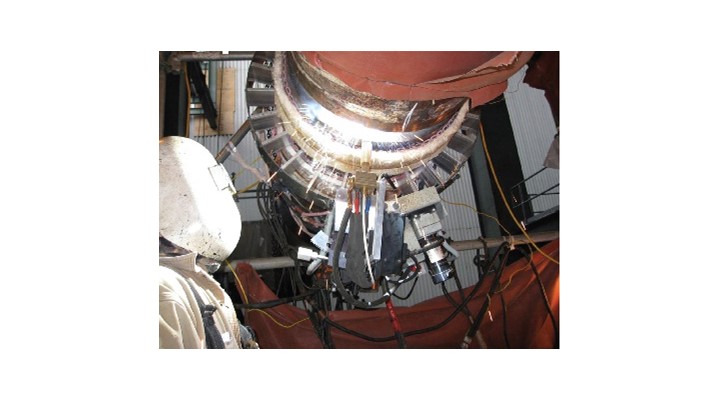
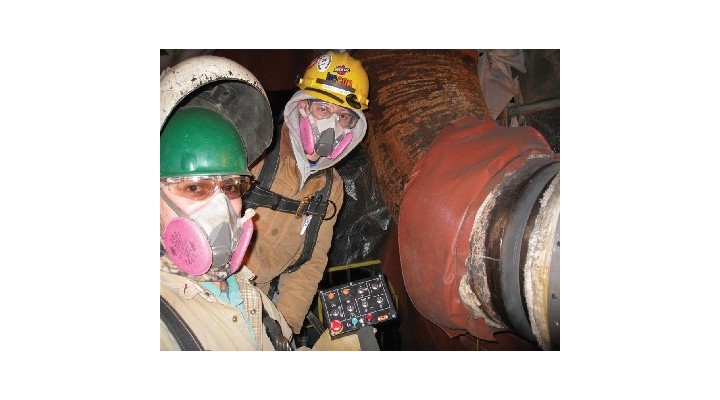
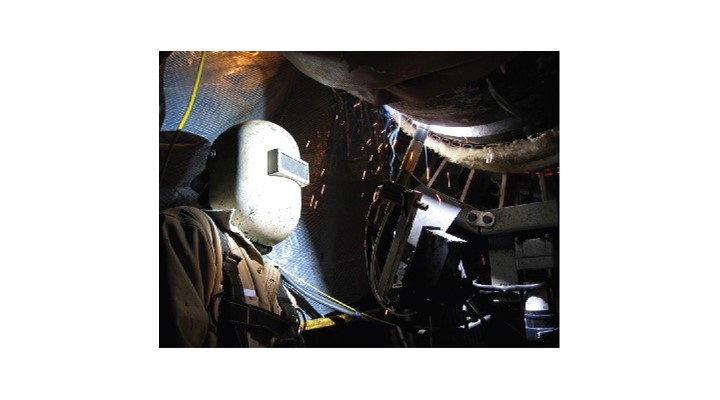
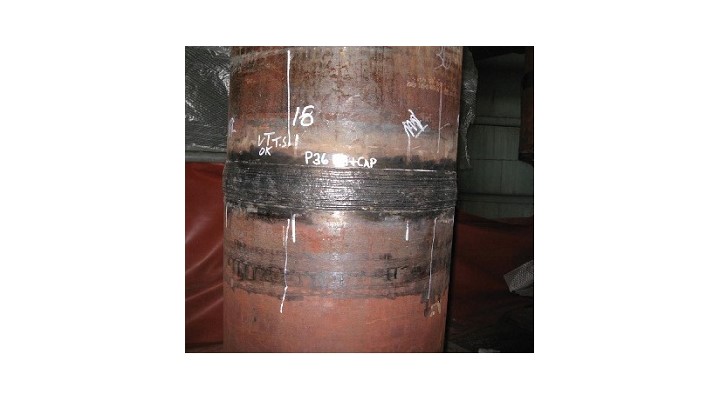
-160x160-state_article-rel-cat.png)
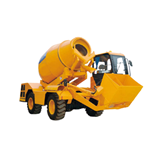



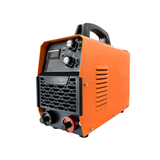
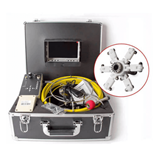

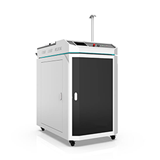


-160x160-state_article-rel-cat.png)

-160x160-state_article-rel-cat.png)


